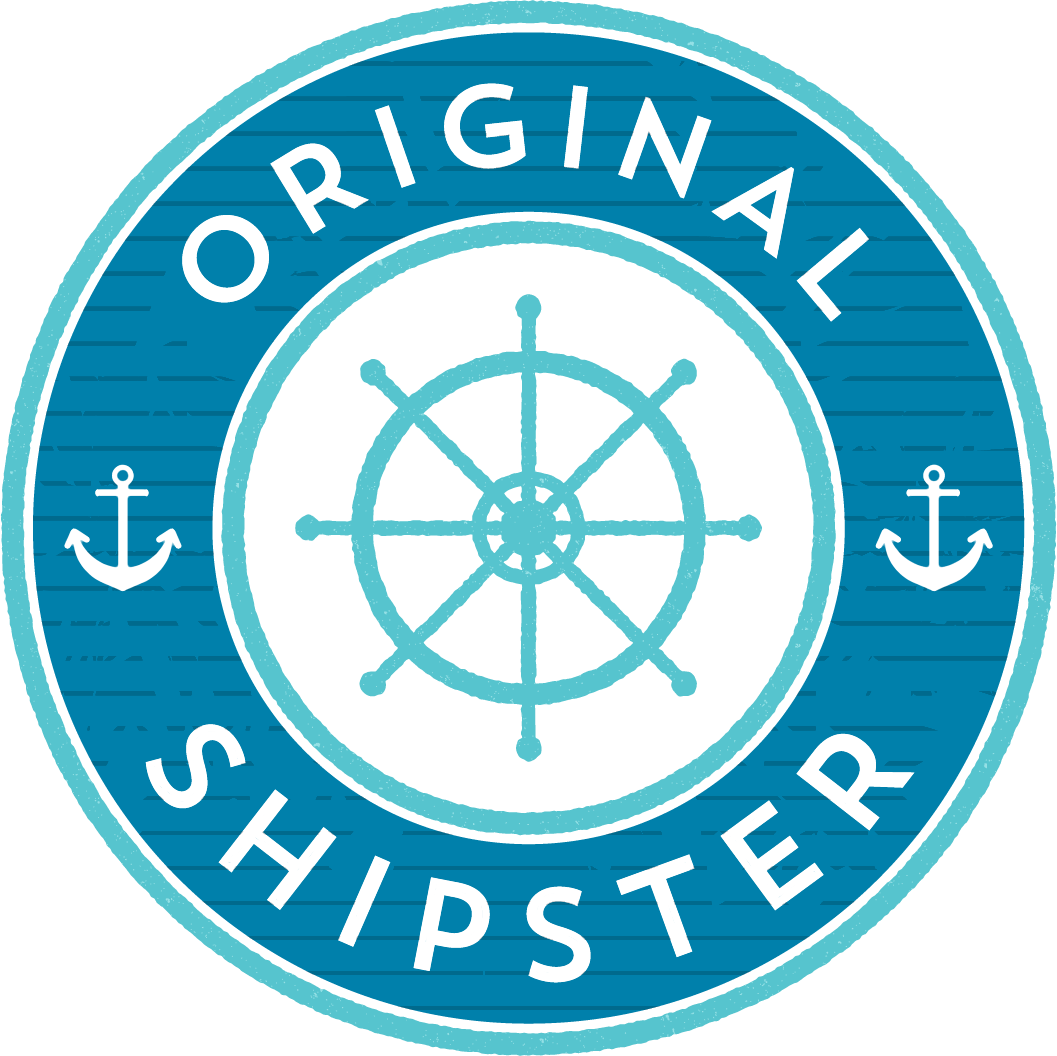Over the Waves: Lady of the Lake
Happy Canadian Thanksgiving! I hope all my Canadian friends have had lots of time for love and laughter this weekend, as well as super food! This week, we are starting off with the earliest wreck that I have covered so far; the Lady of the Lake, which sank in 1833.
Nationality: British
Weight: 650 tonnes
Class: Transport brig
Year: 1827
Built in Aberdeen, Scotland, the Lady of the Lake was a transport immigrant brig that travelled from Ireland to Quebec. The journey would usually take about a month; Lady of the Lake made six if these trips successfully during her short career. For her seventh trip, she pulled away from the dockside in Belfast on April 8th, 1833 with 280 souls aboard, both passengers and crew. Her trip across the Atlantic was fairly routine for the time of year, until early in the morning on May 11th.
Up until then, the ship had been sailing through seasonal ice. On May 11th, 402km east of Cape St. Francis, NL. Captain John Grant found his ship securely stuck in the ice. He tried to free the vessel, but in doing this managed to drive a piece of ice through the starboard side of his bow. The ship began taking on water quickly, and the crew began scrambling to abandon ship, racing to the stern to gather as many supplies as possible.
The first lifeboat that was launched capsized and was rendered useless. Two other boats got away, but were only filled with a handful of survivors. About 30 passengers climbed the maintop mast in an effort to escape the freezing water, but it only bought them a little bit of time. The ship disappeared in a matter of minutes, resulting in a loss of 265 passengers and crew.
Eventually, the two lifeboats were found by the ship Amazon, en route for Quebec. The survivors had been floating in open water for 75 hours when they were found. According to the Captains own testimony, only 15 souls survived; one crew member, two boys, nine male passengers, two female passengers, and the captain himself.
Considering she is one of the lesser known wrecks of the Newfoundland waters, she still resulted in a folk song from the St. Shott's area. If you're interested in the lyrics and hearing a recording, you can find it (thanks to Memorial Univeristy) here.
Another source also suggested that the lifeboats were actually found by two ships - the Messenger and the Gypsy. Since the Captains testimony cited the Amazon as the rescue vessel, and I found it referenced in a couple of other sources, I used that in the main text.
That's all I have for today, have a great week everyone!
